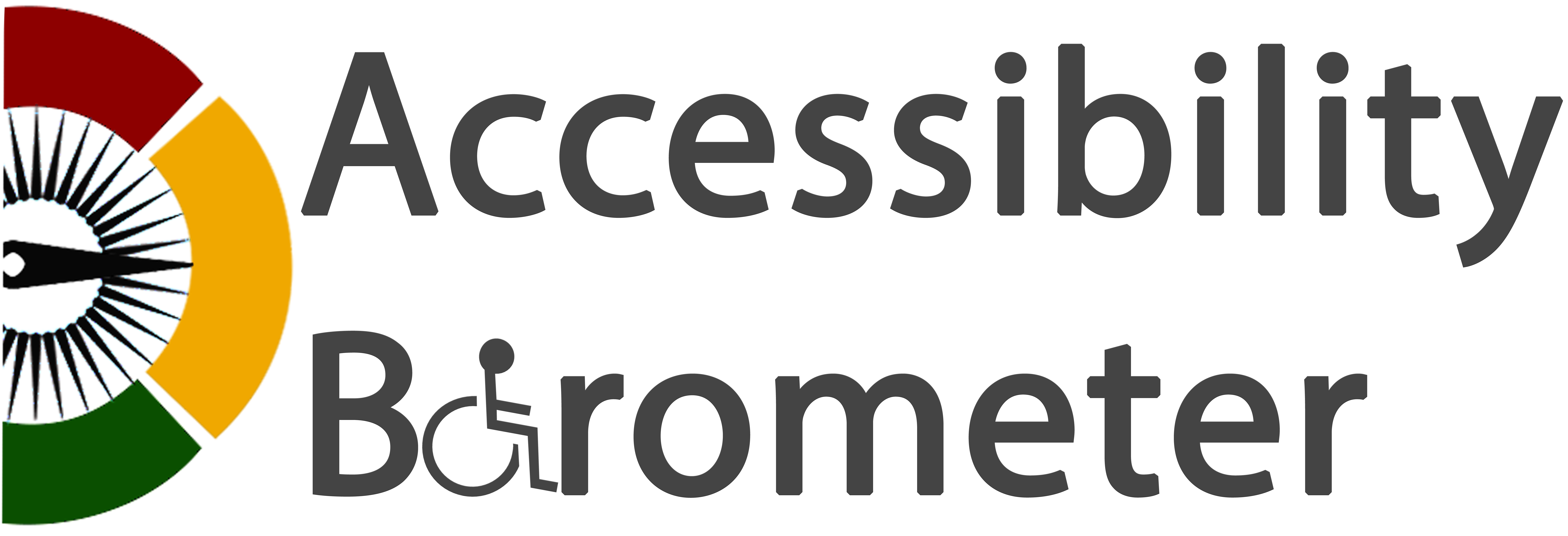Contents
- Why is it important?
- Understanding Cognitive Disabilities
- Low-Tech Assistive Technologies
- High-Tech Assistive Technologies
- Software-Based Assistive Technologies
- Assistive Technologies for Learning and Education
- Assistive Technologies for Daily Life and Employment
- Emerging Technologies in Cognitive Assistive Tech
- Sources
Why is it important?
Understanding Cognitive Disabilities
Cognitive disabilities can result from various conditions, including:
- Dyslexia and other learning disabilities – Affecting reading, writing, and comprehension.
- Autism spectrum disorder (ASD) – Impacting communication, social interaction, and sensory processing.
- Attention-deficit/hyperactivity disorder (ADHD) – Causing difficulties with focus, impulse control, and organization.
- Dementia and memory disorders – Leading to cognitive decline and difficulty in daily tasks.
- Traumatic brain injuries (TBI) – Affecting problem-solving, memory, and executive functions.
- Intellectual disabilities – Resulting in limitations in reasoning, problem-solving, and adaptive behavior.
Assistive technologies are designed to accommodate these diverse needs and enhance independence.
Low-Tech Assistive Technologies
Low-tech AT includes simple, non-digital tools that assist individuals with cognitive challenges.
- Visual Schedules and Timers – Help individuals follow daily routines and manage time effectively [1].
- Color-Coded Notes and Labels – Enhance memory recall by associating tasks with specific colors [2].
- Social Stories and Picture Communication Boards – Aid individuals with autism in understanding social interactions [3].
- Fidget Tools and Sensory Aids – Provide focus and relaxation for people with attention challenges [4].

Source:
High-Tech Assistive Technologies
High-tech AT integrates software and AI to assist individuals with cognitive disabilities.
- Text-to-Speech (TTS) Software – Reads text aloud for individuals with dyslexia or reading difficulties [5].
- Speech-to-Text Applications – Converts spoken words into written text, aiding communication and learning [6].
- Smart Assistants (Alexa, Siri, Google Assistant) – Provide reminders, answer questions, and assist with daily tasks [7].
- Wearable GPS Trackers – Ensure safety for individuals with memory disorders or wandering tendencies [8].

Source:
Software-Based Assistive Technologies
Software solutions play a crucial role in aiding cognitive functions and accessibility.
- Task Management Apps – Apps like Todoist and Trello help organize tasks and set reminders [9].
- Distraction-Blocking Software – Programs like Freedom or StayFocusd help individuals with ADHD maintain focus [10].
- AAC (Augmentative and Alternative Communication) Apps – Assist non-verbal individuals in communication through symbols and speech synthesis [11].
- Mind-Mapping and Note-Taking Software – Tools like MindMeister help with brainstorming and information organization [12].

Source:
Assistive Technologies for Learning and Education
Educational AT solutions support cognitive learning challenges and improve engagement.
- Audiobooks and Digital Reading Platforms – Services like Audible and Learning Ally assist individuals with reading difficulties [13].
- Adaptive Learning Software – Personalized learning platforms like Khan Academy and Duolingo adjust content to a learner’s pace [14].
- Graphic Organizers and Outlining Tools – Help break down complex topics into visual structures for easier understanding [15].
- Closed Captioning and Transcription Services – Assist individuals who struggle with auditory processing by providing visual text support [16].

Source:
Assistive Technologies for Daily Life and Employment
AT extends beyond learning into personal and professional life, promoting independence.
- Smart Home Automation – Voice-activated controls for lights, thermostats, and appliances enhance independence [17].
- Reminder and Scheduling Apps – Tools like Google Calendar and Apple Reminders help with daily planning [18].
- Workplace Productivity Software – Features like predictive text, voice commands, and screen readers improve efficiency in professional settings [19].
- AI-Powered Customer Support – Chatbots and virtual assistants provide immediate assistance to individuals with cognitive impairments [20].

Source:
Emerging Technologies in Cognitive Assistive Tech
Innovation continues to advance AT for cognitive disabilities.
- AI-Powered Memory Aids – Devices that track conversations and remind users of important details [21].
- Brain-Computer Interfaces (BCI) – Emerging technology allowing users to control devices with brain signals [22].
- Wearable Mood Trackers – AI-driven sensors that help individuals with autism or anxiety manage emotions [23].
- Augmented Reality (AR) Learning Tools – Interactive environments that enhance comprehension for learners with cognitive disabilities [24].

Source: …
Sources
- Visual Schedules
- The Influence of Colour on Memory Performance: A Review
- Using visuals and social stories
- Fidget Toys: What Are They and How Can They Help Children and Adults)
- How to use Google’s text-to-speech feature on your Android phone
- Apple Support – Speech-to-Text
- Amazon – Accessibility for Alexa
- Wearable and Portable GPS Solutions for Monitoring Mobility in Dementia: A Systematic Review
- Todoist – Task Management
- What is distraction blocking apps?
- Proloquo2Go – AAC App
- Mind-Mapping – Problem Solving Technologies
- How Do Audiobooks Help Kids with Dyslexia?/(PDF/)
- Khan Academy
- Graphic Organizers
- Captioning
- Scope UK – Smart home technology for disabled people
- Scheduling apps and reminder services
- Apple Reminders
- How People With Cognitive Disabilities Can Benefit From AI-Powered Solutions
- Assisting Dementia Patients with AI and AR
- Nature Neuroscience – Brain-Computer Interfaces
- Wearable Artificial Intelligence for Anxiety and Depression: Scoping Review
- Interactive Learning Environments for the Educational Improvement of Students With Disabilities in Special Schools

I must say this article is extremely well written, insightful, and packed with valuable knowledge that shows the author’s deep expertise on the subject, and I truly appreciate the time and effort that has gone into creating such high-quality content because it is not only helpful but also inspiring for readers like me who are always looking for trustworthy resources online. Keep up the good work and write more. i am a follower.